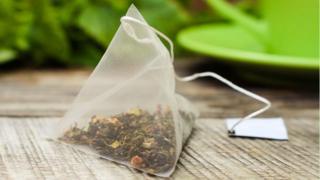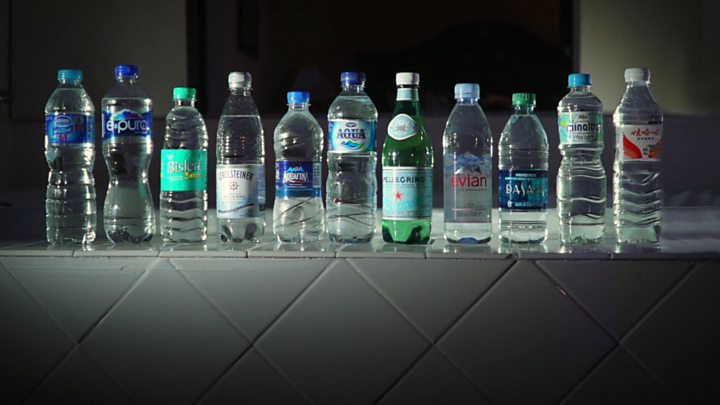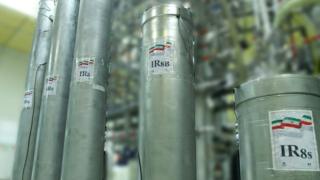 Image copyright
Image copyright
Getty Images
Some premium tea bags might be leaving billions of microscopic plastic particles in your cup, new research suggests.
Canadian researchers found that some plastic tea bags shed high levels of microplastics into water.
Microplastics have widely been found in the environment, in tap and bottled waters, and in some foods.
The World Health Organization (WHO) says such particles in drinking water do not appear to pose a risk.
But the WHO said the findings were based on “limited information” and it called for greater research on the issue.
The researchers, from McGill University in Montreal, Canada, also called for more investigation into the health effects of microplastics, defined as small (less than 5mm in length) pieces of any kind of plastic debris.
For the study, they bought four different commercial teas packaged in plastic teabags.
Most teabags are made from paper, but some premium brands have switched to using a type of plastic mesh instead for their product.
The researchers removed the tea and placed the empty teabags in water heated to 95C (203F), as if they were brewing tea.
They found that a single plastic teabag released about 11.6bn microplastic and 3.1bn smaller nanoplastic particles into the hot water. The particles are completely invisible to the naked eye.

Media playback is unsupported on your device
The level of “particles released from the teabag packaging are several orders of magnitude higher than plastic loads previously reported in other foods”, according to the study, which was published by the journal of Environmental Science and Technology.
Researcher Laura Hernandez says they were surprised by the amount released compared to those recorded in other studies into things like bottled water.
She says the discrepancy could be in part due to the fact they focused on the tiniest of particles – both microplastics, which are about the thickness of one hair, and nanoplastics, which are a thousand times smaller.
But she also said it could be due to the fact “it’s a piece of plastic being exposed to boiling water” and not just water at room temperature.
Ms Hernandez noted this is a chance for consumers, like those looking to reduce their plastic use, to be more aware of their purchases.
“There is really no need to package tea in plastic, which at the end of the day becomes single-use plastic,” she said. “[And] which is contributing to you not just ingesting plastic but to the environmental burden of plastic.”












